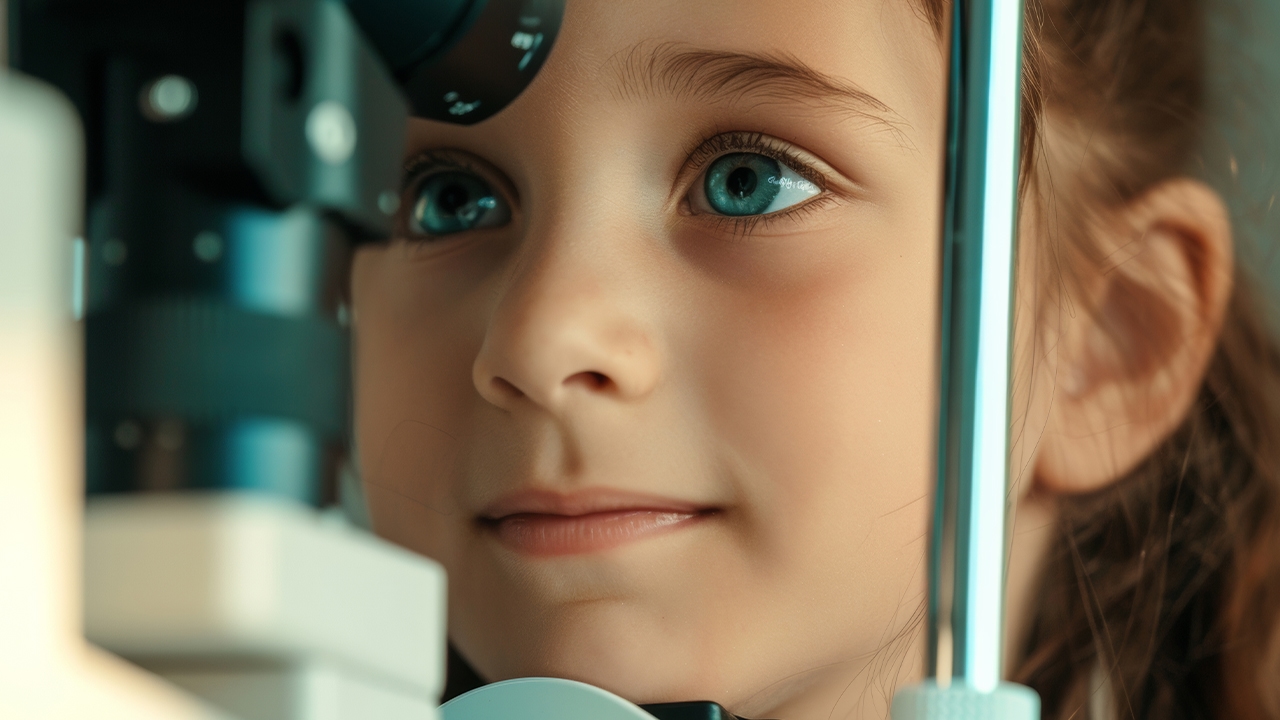Children’s eye health plays a vital role in their development and education processes. Early diagnosis and treatment are vital to protect children’s vision and reduce potential risks. Pediatric ophthalmology specialists provide special care and support for children with modern methods.
Pediatric eye diseases can occur in various forms such as cataracts, shortsightedness or eye muscle disorders. After the cause of the disease is determined, pediatric eye treatment is necessary. This treatment is applied with surgical interventions or optical treatments. Careful monitoring by parents and regular check-ups help prevent health problems.
If you neglect basic care, vision problems can lead to learning difficulties in children. Consultation by pediatric ophthalmology specialists and modern medical techniques make treatment processes more effective. Eye health tests and appropriate precautions provide children with a healthy foundation.
Key Information
Pediatric eye health is an important part of brain and neurological development.
If pediatric eye diseases are detected early, the treatment success rate increases.
Pediatric ophthalmology provides special care for children. Pediatric eye treatment can consist of surgical and non-surgical methods.
Regular eye check-ups are a preventive measure.
İçindekiler
Toggle
Basic Information in Child Eye Health
Children’s eye health is directly related to the development cycle and the recognition of early symptoms. The eye development process is aimed at early diagnosis and prevention of potential problems. This process is a factor that directly affects the quality of life of children.
Eye Development and Its Importance
Eyes, which develop in parallel with the brain and nervous systems, show the fastest growth and development in the first three years. This critical period:
Newborn babies may have poor clarity perception,
Color and movement discrimination ability increases from the 6th month,
Full development is completed by the age of 3.
Families who diagnose eye development disorders early can use more effective treatment options.
Early Symptoms and Warnings
Warning signs are the first signals of eye health disorders. Children’s:
Squinting or head shaking habits,
Discomfort with bright lights,
Pick up books too close,
Following objects using only one eye
Behaviors such as these provide important clues for early diagnosis.
“One eye remaining open during sleep or the two eyes being seen in different sizes are also noteworthy situations.”
Experts recommend regular visits to pediatric ophthalmologists along with family doctor check-ups. These steps prevent vision problems from affecting quality of life.
Pediatric Eye Diseases: Detection and Diagnosis Methods
Early eye disease detection processes are of vital importance to prevent problems that arise due to vision disorders in children. The diagnostic methods used in this process have become more effective thanks to modern devices and laboratory tests. These developments make it possible to examine children’s eye health in more detail.
Retinoscopy: A method of examining the optical structure of eye lenses.
Visuelle Evening Tests: Non-standard tests for vision disorders.
Advantageous optical devices: Modern devices used to detect retinopathies.
“If visual disorders are detected before the age of 3, treatment processes are 70% more effective.” – Pediatric Ophthalmology Association
Advantageous diagnostic methods are supported by neurological tests and molecular analyses in children. These technologies are used to detect problems such as eye cataracts or astigmatism in children. According to the Ministry of Health reports, a 30% increase in the detection rate has been recorded thanks to the new tests implemented in 2023.
Children’s Eye Health: Protection Methods and Recommendations
Sun rays and long screen use can greatly affect children’s eye health. This shows that eye protection strategies and daily habits are the basis of preventive health practices.
Sun Protection
Ultraviolet (UV) rays can damage the wall tissue of the eye. For sun protection:
Use protective sunglasses (with UV400 filter)
Prefer wide hats or helmets
Stay out of the sun between 10:00-16:00
Effects of Digital Screen Use
Digital screen effects of digital screens can cause eye fatigue and cataract problems. The following rules should be applied:
Rule
Application
20-20-20 Rule
Look 20 feet (6 meters) away for 20 seconds after 20 minutes of screen use
Screen brightness
Adaptation to ambient light
Instead of staring at the screen, move it away from 30 cm. Divide children’s total screen time per day into 1 to 2 hour intervals.
Modern Treatment Methods and Expert Opinions
Modern treatment methods and innovative techniques are of great importance in the treatment of children’s eye health problems. Health professionals carefully examine each method, from surgical interventions to current therapies. The selection of these methods is made according to the patient’s condition and the stage of the disease.
Surgery
Surgery is recommended for serious conditions such as eye muscle problems or cataracts. These operations aim to preserve and restore vision. State-of-the-art tools:
Endoscopic operations: Fast recovery
Laser-based treatments: Microscopic precision
General application rates between 85% and 90%
Current Therapies
In non-surgical alternatives, image therapies and pharmacological treatments stand out. Experts:
“More than 70% of therapies provide higher success in the early stages” – Dr. Ayşe Başkan, Professor of Pediatric Eye Health
New antibody treatments and digital visualization programs are taking important steps in eye movement and vision rehabilitation. In clinical studies:
General therapy periods of 3-6 months
Side effects of new drugs have been reduced by 10%
Experts recommend applying surgical interventions and current therapies together. According to 2023 data, recovery rates have increased by 20% thanks to this approach.
Early Intervention: Preventive Health Practices
Early intervention plays a key role in preventing progressive problems in children’s eye health. Thanks to preventive health practices, it is possible to diagnose eye deficiencies early and accelerate the treatment process. Families and health workers